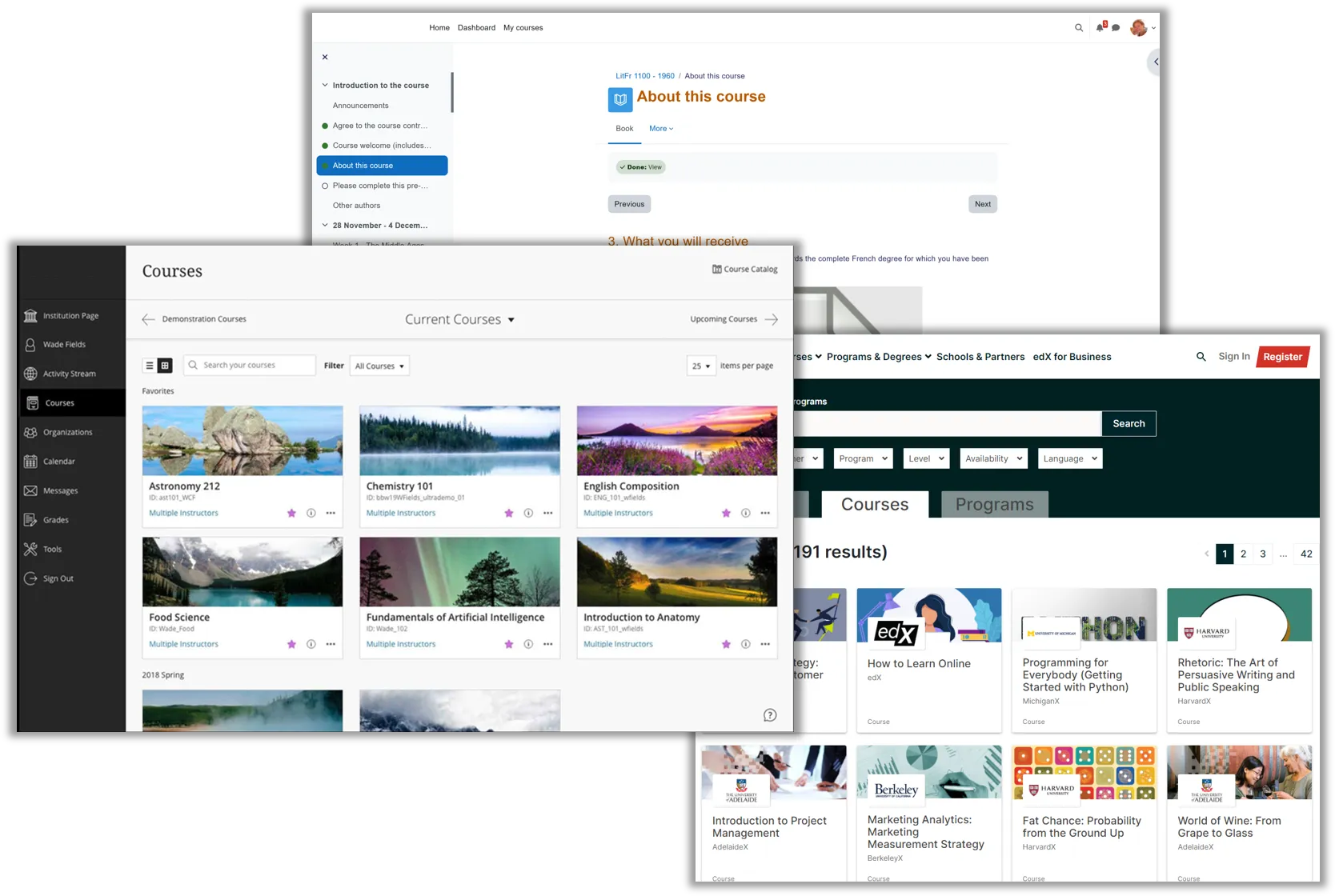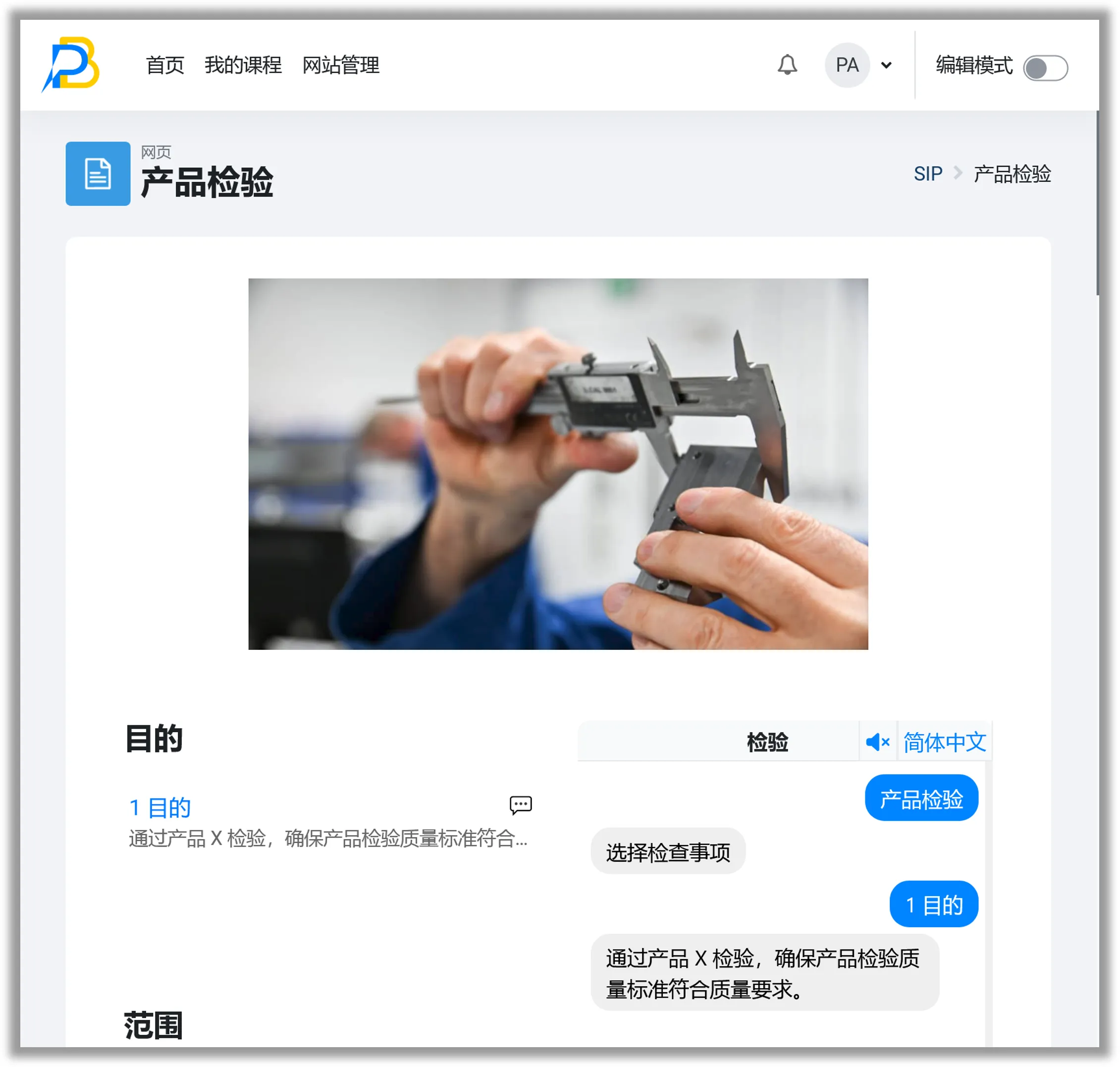
In today’s rapidly changing work environment, it has become increasingly common for employees at all levels to perform tasks outside of their field of expertise. As a result, employees often find themselves in need of acquiring additional knowledge to successfully complete their work. We refer to these individuals as “knowledge seekers.” However, it is crucial to understand that different scenarios call for different knowledge transfer methods. Knowledge acquisition is hampered when the available knowledge transfer methods do not match the specific scenario at hand. We will delve into the importance of recognizing diverse knowledge transfer methods and how they determine the tools required for effective learning.
What is Knowledge Transfer?
Knowledge transfer refers to the process of sharing and disseminating knowledge from one individual or group to another. It involves the exchange of information, skills, experiences and expertise to enhance the collective knowledge within an organization. The goal of knowledge transfer is to ensure that valuable knowledge is effectively communicated and utilized by those who need it.
The ease with which knowledge can be received is a critical factor in effective knowledge transfer. Complex knowledge can be challenging to grasp, especially for individuals who lack prior experience or background in the subject matter. Therefore, the information should be provided in a format that is easily accessible and comprehensible. This could involve using clear and concise language, visual aids and practical examples to simplify complex concepts and increase the likelihood of knowledge retention.
Additionally, the motivation level of the individuals involved in the knowledge transfer process is significant. Low motivation can hinder the absorption and application of new knowledge. To address this, knowledge transfer methods should strive to create an engaging and stimulating learning environment. This can be achieved through incorporating interactive design and demonstrating the practical relevance of the knowledge being transferred.
The process of knowledge transfer often begins with the individual recognizing the gap in their knowledge and actively seeking information to fill that gap. They may engage in conversations with colleagues or search for organizational resources to gain the specific knowledge required.
Understanding the Need for Additional Knowledge
In modern workplaces, it has become increasingly common for employees to face new challenges that require knowledge and skills beyond their existing expertise. As organizations evolve and job roles become more diverse, individuals must adapt and acquire knowledge that is specific to their organizational context. In addition, to enhance employee engagement, organizations strive for job enrichment and job enlargement, thereby reinforcing the imperative for effective knowledge transfer.
Job enrichment involves expanding the scope of an individual’s responsibilities by providing them with more challenging and meaningful tasks. This enrichment often requires the acquisition of new knowledge and skills to successfully fulfill the expanded job requirements. Likewise, job enlargement entails broadening the range of tasks assigned to an individual, which demands a versatile skillset and a broader knowledge base.
In both cases, employees find themselves in situations where their existing knowledge and skillset are insufficient to tackle the increased demands and complexities of their roles. They must actively seek additional knowledge specific to their organizational context to effectively navigate these challenges.
Importance of Matching Knowledge Transfer Methods to Scenarios
Knowledge transfer methods encompass various approaches and techniques employed to share information and skills with knowledge seekers. However, not all methods are equally effective in every scenario. It is essential to assess the nature of the knowledge being sought and select an appropriate method accordingly.
Types of Knowledge Transfer Methods
Formal Education and Training Programmes
Structured educational programmes such as courses, workshops or certifications are ideal for providing knowledge seekers with a comprehensive understanding of a subject. These programmes often offer a systematic curriculum, expert guidance and opportunities for practical application. These programmes are particularly prevalent in financial institutions and government agencies, primarily due to the stringent compliance needs inherent in these sectors.
On-the-Job Training
For scenarios where practical skills are required, on-the-job training proves beneficial. This method involves mentoring, shadowing experienced colleagues, and hands-on learning in the actual work environment. It allows knowledge seekers to gain relevant expertise while directly applying their learning to real-world tasks.
Informal Learning and Self-Study
In cases where individuals want to explore topics of interest at their own pace, informal learning is ideal. Informal learning involves activities such as reading articles, watching videos, participating in online forums, or engaging in discussions with colleagues. In organizations that facilitate knowledge sharing, individuals can actively engage in self-directed learning and acquire new insights relevant to their work. They can then share their newfound knowledge and expertise by contributing to the knowledge base.
Knowledge Sharing within Organizations
Internal knowledge sharing initiatives, such as communities of practice, mentorship programmes or knowledge base, facilitate the exchange of expertise among individuals within an organization. These methods foster a collaborative environment where individuals can tap into the collective knowledge and experiences of their peers.
Evaluating the Tools for Knowledge Transfer
The choice of knowledge transfer method determines the tools and resources necessary to facilitate learning. When evaluating the tools for knowledge transfer, it’s important to consider factors such as discoverability of knowledge and the effectiveness of knowledge transfer.
Document Repository
A document repository serves as a centralized storage system for documents, manuals, reports and other written materials. It provides a semi-structured approach to organizing and storing knowledge. However, the searchability and discoverability of knowledge within a document repository can vary depending on the indexing and tagging system implemented. Without proper metadata and search functionalities, finding specific information can be challenging. Knowledge transfer effectiveness depends on the quality of documentation and the ability of users to navigate and locate relevant documents. This tool alone is unable to satisfy any of the knowledge transfer methods.
Content Repository
A content repository goes beyond documents to include various media types like images, videos and audio files. It offers a more diverse range of knowledge transfer resources. Similar to a document repository, searchability and discoverability depend on effective tagging, metadata and search functionalities. Content repositories can enhance knowledge transfer effectiveness by providing multimedia resources that cater to different learning styles and nature of the knowledge being shared. This tool alone is unable to satisfy any of the knowledge transfer methods.
Search-based Knowledge Base
A search-based knowledge base relies on a powerful search engine to retrieve relevant information. This is often built on top of document or content repositories. It is designed to facilitate quick access to knowledge by leveraging keyword-based search queries. Search-based knowledge bases excel in searchability and discoverability, as users can quickly find specific information using relevant keywords. The effectiveness of knowledge transfer relies on the quality of the indexed knowledge and the accuracy of search results. However, it is hindered due to the inability for related documents and content to be organized or connected. This tool enables informal learning and knowledge sharing, albeit poorly due to the limitation in connecting related documents and content.

Learning Management System (LMS)
A learning management system is primarily designed for structured learning experiences, such as online courses, training modules and assessments. While an LMS may not excel in searchability and discoverability of ad-hoc knowledge, it provides a structured approach to knowledge transfer. It offers a systematic curriculum, learning pathways, and tracking mechanisms. The effectiveness of knowledge transfer depends on the quality of the learning content, engagement features and assessment methods within the LMS. The quality of learning content can be hindered by the cumbersome process of knowledge transfer from the knowledge holder to the trainers and course creators, and the lack of budget for dedicated trainers and course creators. This tool enables formal education and training programmes.

Usage-based knowledge base
A usage-based knowledge base captures, organizes and disseminate practical knowledge across an organization. A usage-based knowledge base typically includes features such as content repositories and search capabilities. The searchability and discoverability of knowledge within usage-based knowledge base is highly effective if properly implemented. The overall effectiveness of knowledge transfer depends on the culture of knowledge sharing, and quality, relevance and organization of the knowledge captured. This tool facilitates on-the-job training, and enables informal learning and knowledge sharing.

Comparison
| Tool | Objective | Prerequisites | Knowledge forms | Use case |
|---|---|---|---|---|
| Search-based Knowledge Base | Acquisition of organizational knowledge | Need for ad-hoc knowledge, existence of knowledge in digital forms | Many forms, dominated by raw artefacts that are used to produce the final deliverable | Knowledge discovery and content reuse, especially by engineering and support teams, or sales and marketing teams |
| Learning Management System | Comprehensive understanding of a subject | Compliance needs | Specially created course materials including images, videos, interactive content and quizzes | Educational courses, training programmes, especially in financial and government agencies |
| Usage-based knowledge base | Acquisition of applied and organizational knowledge | Need for ad-hoc knowledge, existence of knowledge in digital forms | Organized text, images, videos and audio | Knowledge discovery and retrieval, especially for manufacturing, maintenance and administrative process and standards |
Conclusion
Employees today face the constant need to acquire additional knowledge to effectively perform tasks outside their field of expertise. By recognizing the importance of matching knowledge transfer methods to specific scenarios, organizations and individuals can enhance the learning experience and ensure optimal outcomes. Whether through formal education, on-the-job training, informal learning, or internal knowledge sharing, the right choice of knowledge transfer method and accompanying tools can empower knowledge seekers to excel in their roles and adapt to the evolving demands of the modern workplace. Choose PBrain as your trusted companion in knowledge transfer.